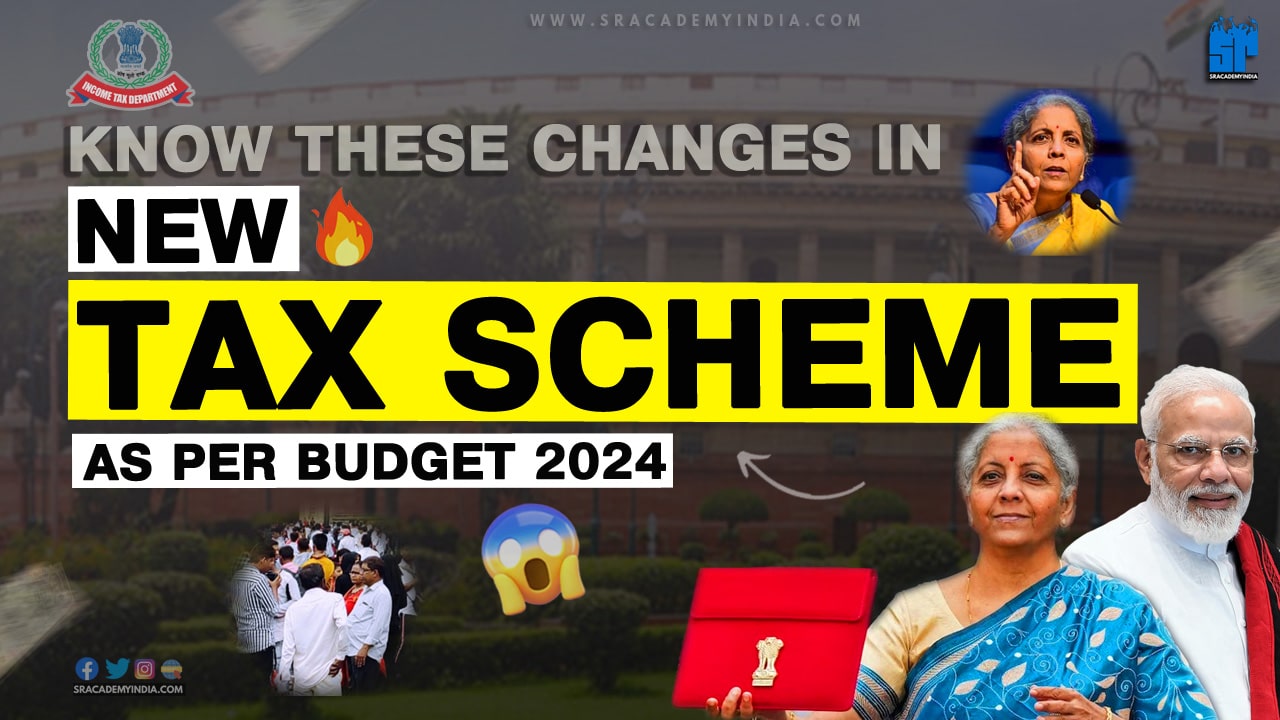When, Where & How GST is started?
When GST started in GST ?
GST was first started in India with effect from 01st July,2017. It is treated as a Historic tax reform for India. The GST council is mentioned it as “The Game Changer”.
In this topic you are going to learn “When, Where, and How GST started”. We are trying to make it crystal and synopsis kind of explanation to make you save your time. You are going to gain full and complete knowledge on “When, Where, and How GST started”. This topic will be more detailed and exhaustive. So, please spare your valuable time to learn this topic. We shared valuable inputs for your knowledge purpose.
Let’s Start..!!
How GST is started..!!
As you know, generally to run any House, Income is compulsory right..!!
Either to pay House Rental expenses, to pay Credit card bills, to buy groceries or to go Shopping and also for paying EMI’s, etc. We need income to bear all these expenses.
In ancient times also Kings had collected money from people to run their kingdoms. The amount collected in such a manner will be called “Taxes”. In modern times also a collection of taxes is required for governments.
Why income is compulsory to governments..!!
To run the Governments smoothly, income is must either to construct Roads or Dams and to provide Electricity to public and to expend on People’s Welfare, Salaries to Employees, etc., For all these expenses Government needs money which will be collected from the general public through various ways.
If you Construct a new house, you should pay “House Tax”
If you Buy a New Car, you should pay “Vehicle Tax”
If you Earn money, you should pay “Income Tax”
In a similar way, on Supply of Goods and Services, you should pay “Good and Service Tax (GST)” to the government.
This is how the GST has started.
Read here: TDS under GST applicability – A complete guide
Where GST started..!!

- GST was first started in one of the World’s Oldest countries i.e. France in 1954.
- France was the first country to implement GST to reduce tax evasion.
- Since then, more than 160 countries have implemented GST with some countries having Dual-GST (e.g. Brazil, Canada, Singapore, Malaysia, India, etc.,
When GST started in India..!!

In the year 2000, the then Prime Minister Shri. Atal Bihari Vajpayee mooted the concept of GST and set up a committee to design a Goods and Services Tax (GST) model for the country. In 2003, the Central Government formed a task force on Fiscal Responsibility and Budget Management, which in 2004 strongly recommended fully integrated ‘GST’ on a national basis.
Subsequently, the then Union Finance Minister, Shri P. Chidambaram, while presenting the Union Budget (2006-2007), announced that GST would be introduced from April 1, 2010.
Since then, GST missed several deadlines and continued to be shrouded by the clouds of uncertainty and introduced the Historic tax reform of GST in India from 01st July 2017. GST extends to the whole of India including the State of Jammu and Kashmir.
Read More : 3 Cases: GST Meaning with examples and How does it work
Types of GST in India
In India, there are currently 4 types of GST present from its inception.
- Central Goods and Service Tax (CGST)
- State Goods and Service Tax (SGST)
- Integrated Goods and Service Tax (IGST)
- Union Territory Goods and Service Tax (UTGST)
- CGST :
CGST full form is Central Goods and Service Tax. CGST is a tax levied by the Central government on Intra state Sale or supply of taxable goods or services. When a seller sells the goods to the customer, the supplier is liable to collect an amount (i.e. a fixed percentage on the value of the goods) from the customer. Normally 50% share will be retained by the Centre and the balance 50% will be retained by the State governments. - SGST :
SGST full form is State Goods and Service Tax. SGST is a tax levied by the State government on Intra state Sale or supply of taxable goods or services. In this case also, when a seller sells the goods to the customer, the supplier is liable to collect an amount (i.e. a fixed percentage on the value of the goods) from the customer. Normally 50% share will be retained by the Centre and the balance 50% will be retained by the State governments.
Eg:
Mr. Suresh bought an Apple Smartwatch at a price of Rs.50,000/- in Hyderabad. Applicable GST rate on the watch is @18% excl. of GST.
Here, Mr.Suresh bought in the local Apple show room of Hyderabad. Therefore, Mr.Suresh is liable to pay of Rs.59,000 which is as follows.
Watch Cost = Rs.50,000
Add: CGST @ 9% = Rs. 4,500
Add: SGST @ 9% = Rs. 4,500
Total Price = Rs.59,000 (Incl. of GST)
Here, the Centre will retain Rs.4,500 in it’s pocket (CGST portion) and the respective Telangana State government will retain Rs.4500 of SGST portion in its pocket. - IGST :
IGST full form is Integrated Goods and Service Tax. IGST is a tax levied and collected by the Central government itself on Inter-state Sale or supply of taxable goods or services. In this case also, when a seller sells the goods to the customer, the supplier is liable to collect an amount (i.e. a fixed percentage on the value of the goods) from the customer. Here, 100% share will be retained by the Centre and no sharing to State governments. - UTGST :
UTGST full form is Union Territory Goods and Service Tax.
Who will collect UTGST?
Case 1: When the Union Territory is without Legislature,
UTGST will be collected by the Central Government itself again.
Case 2 : When the Union Territory is having Legislature,
UTGST will be collected by the State Government.
UTGST is applicable for the regions under Union Territory like
- Andaman and Nicobar Islands
- Chandigarh
- Dadra & Nagar Haveli and Daman & Diu
- NCT of Delhi
- Jammu and Kashmir
- Ladakh
- Lakshadweep
- Puducherry
Want to Listen & Watch the content..!! (In Telugu)
I hope you understood the basic GST concept.
Please COMMENT which topic you liked the most. All share this article with your Friends & Family





